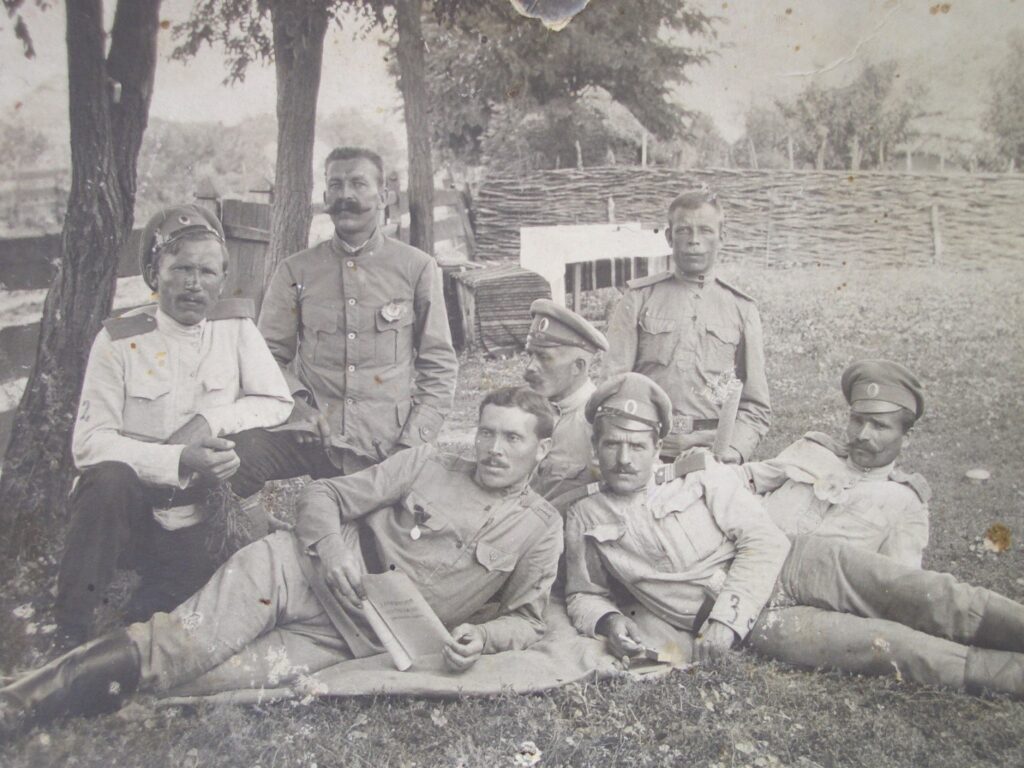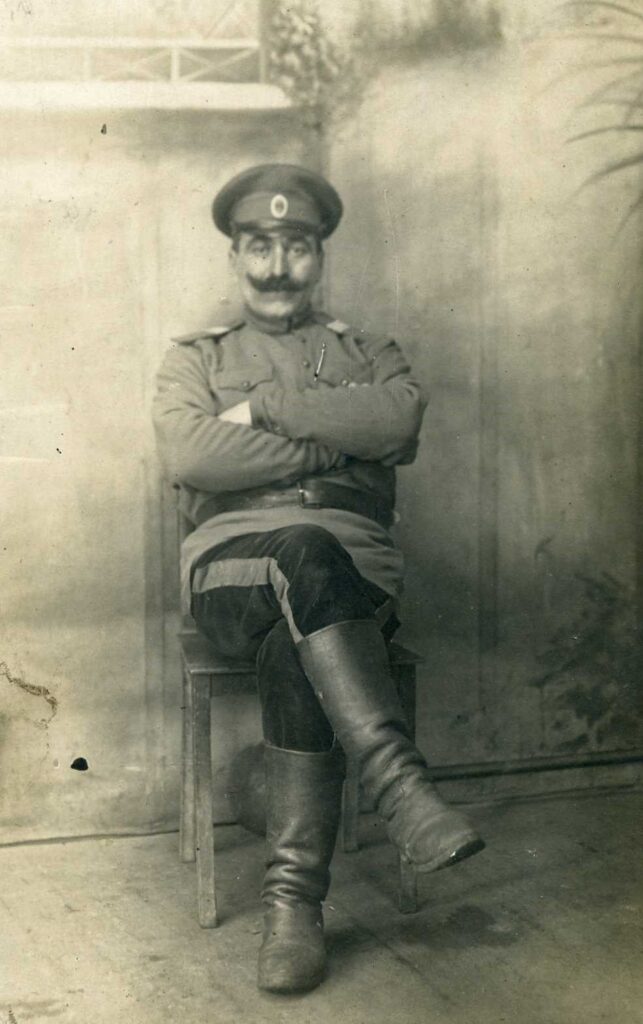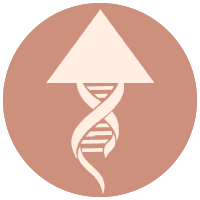
The Cossacks are renowned as a special historical group of people, formed on the basis of the service class living in the territory of what is now Austria, Kazakhstan, Poland, Ukraine, Russia, Croatia and the Czech Republic. The Cossacks include Russians, Ukrainians, Kalmyks, Buryats, Evenks, Jews and Armenians, as well as representatives of other peoples. In the Russian Empire, the Cossacks belonged to an estate where military service was compulsory, although they did receive privileges for it. The Cossacks began to form in the 15th century on the vast territories of the Steppes as well as along the banks of large rivers.
In Russia, it is customary to distinguish the Seversk (stellate), Don, Yaik and Far Eastern Cossacks.
The Sevryuk lived in the region where Ukraine and Russia now have their borders, along the banks of the rivers Desna, Vorskla, Seim, Sula, Bystraya Sosna, Oskol and Northern Donets. The first mention of the stellate sturgeon dates back to the 15th–17th centuries. It was at this time that they stood guard at the borders of the Polish–Lithuanian and Moscow principalities. Over time, a significant proportion of the Seversk Cossacks joined the ranks of the peasants while the remainder moved to the Zaporozhian Cossacks and the Lower Don.
The largest Cossack army of the Russian Empire was represented by the Don Cossacks who lived in the territories of modern Ukraine (Lugansk and Donetsk regions) and Russia (Rostov, Volgograd and Voronezh regions).
The Yaik Cossacks were first mentioned in 1584, after a small section of the Don Cossacks had moved to the banks of the Yaik River in the Urals. Their appearance there was due to the nomadic Nogai horde. The Yaik Cossacks fished, mined salt, hunted and raided neighbouring peoples.
Initially, when the Russian and Ukrainian Cossack communities were first established, they each comprised free and service Cossacks. The free Cossacks in Ukraine were the Zaporozhye Sich, while in Russia the Don Free Cossacks hunted, fished and engaged in animal husbandry. The Cossacks had no right to sow grain as they were actively involved in military activities. Some Ukrainian Cossacks were paid for their service. The Russians, being policemen, regimental and sentry, defended the so-called notch lines (systems of border defence structures in the Russian state during the 13th–15th centuries) and cities, and they received cash payments as well as land for life. The Cossack army was a large and cohesive set of independent Cossack villages, the main distinguishing features of which were electoral management, democracy and the absence of taxes. All significant decisions entered into force at general meetings.
In the 16th–18th centuries, the Cossacks engaged in a powerful military confrontation with Turkey. During the Time of Troubles (at the beginning of the 17th century), the Russian Cossacks showed themselves for the first time, replenishing the ranks of the military detachments of False Dmitry I. Since the 17th century, the government has reduced the number of serving Cossacks, leaving for the future a significant proportion of troops for the border regions. Therefore, at the end of the century, the Cossack troops swore allegiance to Russia and promised to serve the nation faithfully. The Don army fulfilled this promise in 1671, suppressing the uprising organised by Stepan Razin. In the 18th century, the Russian state regulated the life of the Cossacks and they became an administrative division and gradually took shape as an independent estate. In 1802, the Regulation for the Cossack troops was introduced for the first time. The legislation of 1875 obliged 18-year-old Cossacks to begin service for a period of 20 years. They served in their uniforms using their own edged weapons and a horse.

The First World War mobilised the military power of the Cossacks and this expertise was subsequently applied in the Civil War and to resolve internal conflicts. On November 17, 1917, the All-Russian Central Executive Committee of the Council of People’s Deputies abolished the Cossack estate. During the Civil War, the territories of the Cossacks became the places of concentration of the “White movement”, as it was the Cossacks who were its main military power. Fierce fighting was a response to the policy of decossackisation. At the end of the Civil War, approximately 100,000 representatives of the Cossacks emigrated.
During the Soviet era, the decossackisation process continued. Cossacks were not allowed to serve in the Red Army until 1936. Later, cavalry divisions were formed and they were subsequently prominent in the fight against fascism. In 1989 and the era of perestroika, the policy of the Soviet Union in relation to the Cossacks was recognised as being repressive, after which their revival began.
Families with Cossack roots could try to look for their ancestors via special records in some state archives in Russia or they might wish to hire a professional genealogist to conduct this search for them.
enquiry![]() truegenealogist.com
truegenealogist.com
